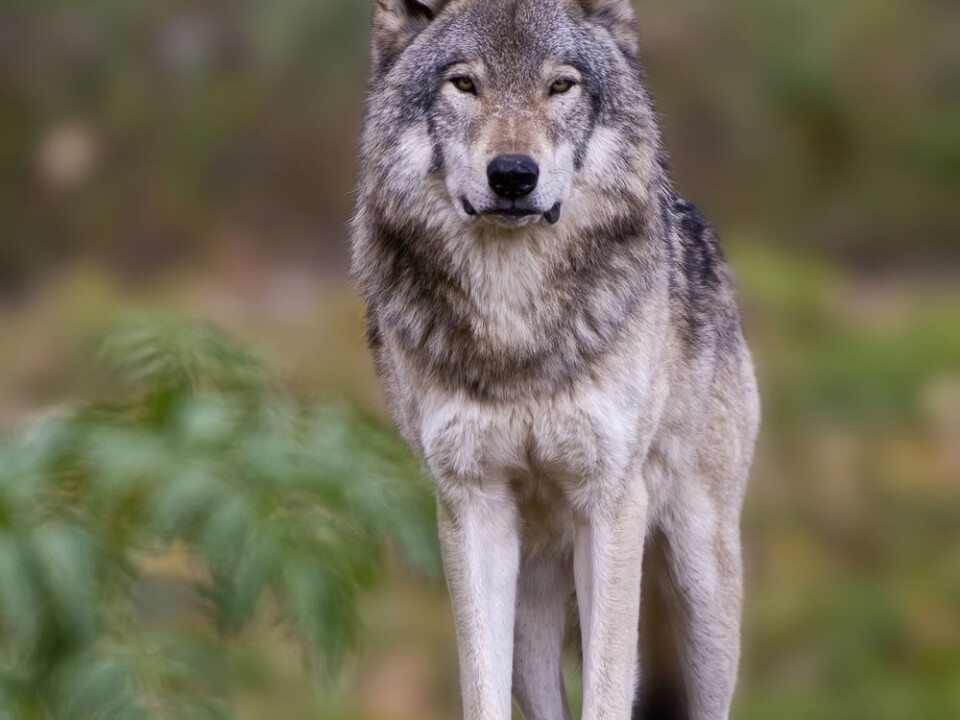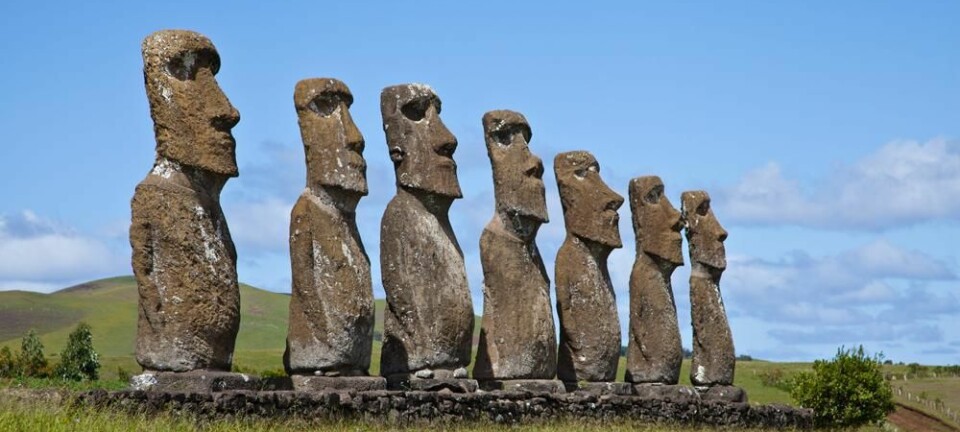
Bright spots in the environmental gloom
The climate crisis can seem insolvable, but since the 1970s we have actually solved some of our major environmental challenges.
Denne artikkelen er over ti år gammel og kan inneholde utdatert informasjon.
We have downsized the ozone hole, we have more wild predators in the forests, acid precipitation is largely a problem of the past and some of our most polluted watercourses have been cleaned up and are teeming with fish.
The alarming ozone hole over the Antarctic was discovered in the 1980s. Scientists realized it was being expanded by emissions of halons and chlorofluorocarbon (CFC) gasses, largely due to their uses in spray cans, purification systems and fire extinguishers.
The hole shrinks
The ozone layer in the stratosphere protects animals and humans from ultraviolet rays. An excessive dose can give us skin cancer, among other things. Roland Kallenborn, professor at the Norwegian Institute for Air Research, says when the hole was at its maximum, officials had to urgently warn people to be even more cautious about sunning themselves.

“These special warnings have been withdrawn and the ozone hole is getting smaller and smaller,” says Kallenborn.
In the mid-1980s work commenced to secure international agreements that curbed the use of CFC. The Montreal protocol in 1989 obliged countries to stop using CFC and halons and from 1986 to 2004 Norway’s consumption of the ozone depleting compounds was reduced by 99 per cent.
The gasses take a long time to decompose and it will be several years before the increase of chlorine compounds in the stratosphere is curtailed. According to some calculations the ozone layer will be back to the 1980s level between 2025 and 2050.
We now consider this emissions problem more or less solved.

From ‘old and grey’ to a healthy parkland
In Oslo the Akers River runs from relatively pristine Lake Maridal, which provides much of the city’s drinking water, and only 8.2 kilometres through several city districts before flowing into the Oslo Fjord right by the new Opera. Until the 1980s it was a symbol of how bad a watercourse could get in such a short distance and the river was referred to as “the old and grey”. From just below the lake, to the fjord it was totally devoid of fish.
Researcher Svein Jakob Saltveit is the director of the Freshwater Ecology & Fisheries Laboratory of the Natural History Museum in Oslo. He has studied the Aker River since the 1970s and says the first time he took a water sample in 1976 the only living organisms of any size were gnats and a type of segmented worm.
The cause of the problem was the sewage drains that emptied directly into the watercourse, in addition to the old metal plants and a factory which made soaps and detergents. These culprits discharged heavy metals and other toxins.
“Many were just doing whatever they liked because there weren’t any fish in the river anyway, so nobody could tell if they discharged more toxins in the river,” says Saltveit.
Then things started to stir. In the mid-1970s the environmental authorities commenced charting all the watercourses of Oslo. The goal was to clean them sufficiently to enable fish to thrive. Among other things, some of the worst polluters were shut down. Since the middle of the 1980s, in spite of some major setbacks, the river has been improving.
Now Akers River has crayfish and sportsmen can fly-fish for salmon and trout.
Deforestation and dead fish
The book Limits to Growth was published in 1972, and it included a number of gloomy visions of how the world would be in the year 2000. Lots of scientists thought the struggle against pollution had been lost and there were fears that nature was doomed.
One of the main problems was acid precipitation, air pollution that mixes in with rain and snow. The main causes were emissions of sulphur dioxide and nitrogen oxides, as these react with water vapour to create sulphuric and nitric acids.
Precipitation is classified as acidic if it has a pH value less than 5.6. The major sources of acid precipitation are the combustion of oil, coal and gas. Norway’s geographical position has made it one of the major recipients of such emissions from other countries.
In the 1970s Norwegian researchers found out that the demise of fish in lakes and streams in South Norway was caused by acid precipitation. Roland Kallenborn views acid precipitation as an example of a timely identification of emissions, and successful regulations to rectify the problem.
“We have more or less solved the problem of acid precipitation by means of regulating industrial emissions and adhering to international agreements.”
The first breakthrough came in 1979 when 30 European countries, the EU, USA and Canada signed the UN Convention on Long-Range Transboundary Air Pollution.
In the mid-1980s the issue caught renewed attention when extensive forest defoliation was documented in the border areas between East Germany, Czechoslovakia and Poland.
The four big predators are back
Until the 1970s, bears, wolves, gluttons (wolverines) and lynx were all nearly extinct in Norway. Careful administration helped these stocks rise again by the beginning of the 1980s.
“I wouldn’t say the predator problem has been solved yet but at least were on the right path,” says Bjørn Kaltenborn, senior researcher at the Norwegian Institute for Nature Research (NINA).
He explains that a number of precautions have been taken to prevent these natural predators from killing livestock, and this saves many of them from being shot by farmers.
“We’ve tried everything from traditional herding to fencing but what helps is keeping a close watch on the animals.
Experiments with dogs to guard livestock have also been effective.”
But the most efficient measure to date in the preservation of predator stocks has been political. Norway has signed international conventions that oblige it to maintain viable stocks and most Norwegians agree that natural predators should be part of our forest fauna.
“Lots of people are concerned about preserving nature. Large predators are on top of the food chain and they symbolize that we still have fairly healthy ecosystems.”
Henrik Brøseth also works at NINA and says the predator stocks in Norway were at their nadir between 1930 and 1960, mainly because they were all being shot:
“In the 1970s we started to pass new laws and regulations. We also stopped posting bounties on these animals.”
After a few years of protection and management the predators started migrating to Norway from Russia, Sweden and Finland.Brøseth says that studies show the country had 80 lynx families in the winter of 2010. DNA analyses of bear droppings have proven 164 individuals and an estimated 330 gluttons are surviving. Only about 12 to 15 wolves are within the country’s borders.
But the large mammalian predators don’t recognise national borders, and Brøseth points out that wolves and bears move around huge areas, so more can be coming.
Translated by: Glenn Ostling































